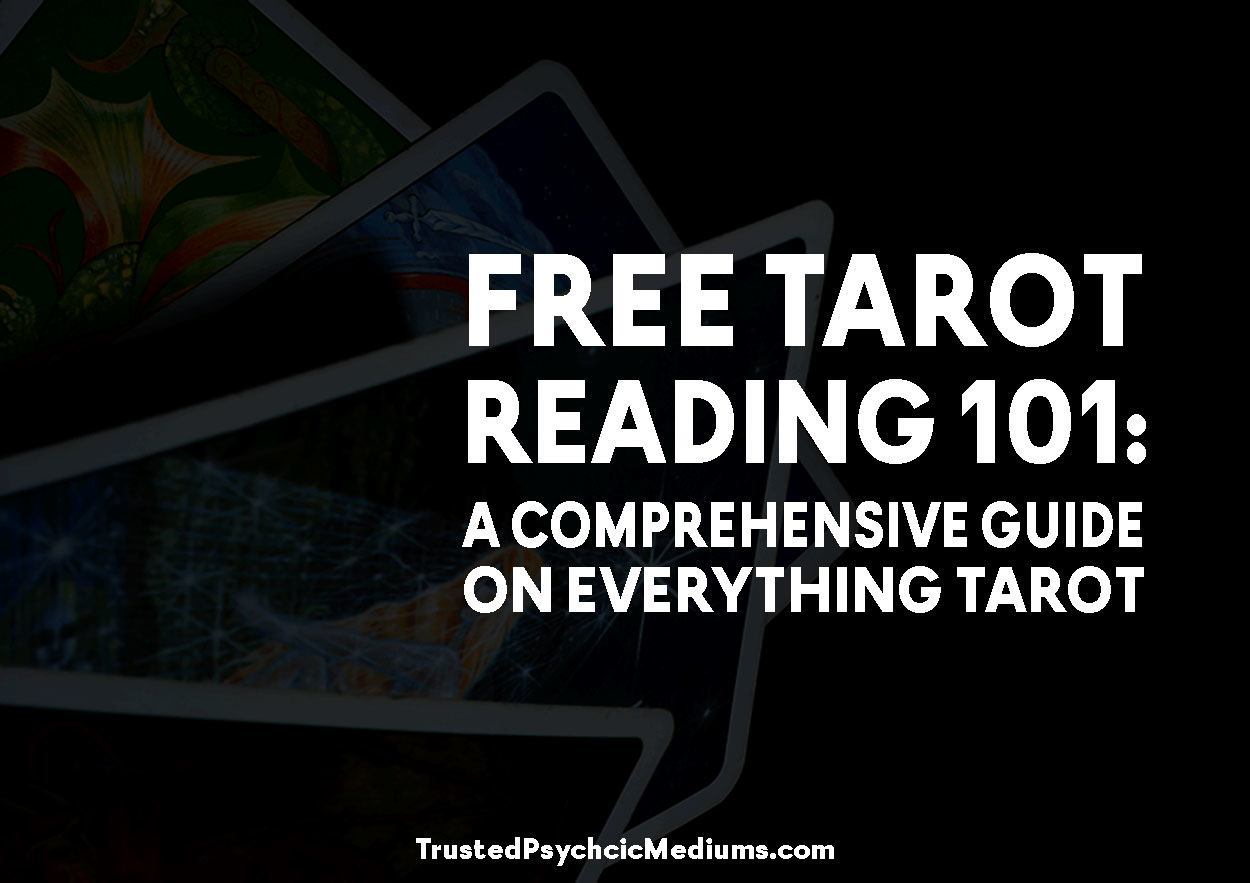
The tarot is a form of divination that seeks to read the future and discover the unknown. A tarot deck is comprised of tarot cards that are dealt and laid out in a specific formation depending on the question of the querent.
If you have never sat for a reading before, even for a free tarot reading, the querent usually asks questions with regard to their past, present, and future situation. They can also ask questions regarding money or wealth, or love and relationships, or work and career, even their health and spirituality.
When dealing the tarot cards, the querent must focus on a pressing issue or a problem that’s been bugging them. They should think about an aspect of their life that is in bad need of clarity or discernment.
Traditionally, in a free tarot reading, the tarot card is interpreted or explained in detail by a professional or an amateur tarot reader.
Nowadays, you can log in to your computer, open a browser, and get a free tarot reading online with just a click of the mouse! Less personal, yes, but still pretty accurate just the same.
A Brief History of Tarot Cards
Before you have a free tarot reading done, it’s best to know something about the history of tarot cards. There are a lot of articles which you can read online and in books about the history of the tarot cards. One can estimate that the earliest available record of a full deck of tarot was painted sometime in 1422 by an Italian artist named BonifacioBembo.
It was called the Visconti deck, named after the Duke of Milan who commissioned Bembo to paint it. There are claims that the Celtic, Indian, and Ancient Egyptian came earlier than the Visconti, but no strong evidence have surfaced to support this claim.
Back then, tarot cards were used as playing cards in a game called Game of Triumphs, very similar to our favorite game of Bridge. It was mostly played by the wealthy upper class. It continues to be played in small circles in and around Italy and France.
It was probably the upper class who saved the tarot cards from being banned altogether by the church and fading into our memories forever. Some church people in the fifteenth century proclaimed the tarot as the work of the devil, while some saw it as an instrument to gamble.
The Tarot Card Evolution
Over the centuries, the tarot card has undergone a lot of transformations in terms of design, applications, and interpretations.
Around the early eighteenth century in Bologna, the tarot card was first used as a divinatory instrument.
Clergyman Antoine Court de Gebelin introduced people to the tarot in his book when he drew relations between the images depicted in the Major Arcana to the mysteries of Ancient Egypt.
This was eventually picked up Alistair Crowley, an occult practitioner who conceived the Rider-Waite tarot deck. This is the tarot deck that most people are familiar with today.
The Tarot Cards
A tarot deck consists of 78 tarot cards. These cards are divided into Major Arcana(also called Trumps) and Minor Arcana.
Arcana is defined as a secret, or a mystery, which is prevalent in all the cards of the deck.
The tarot cards of the Major Arcana, or ‘Great Mysteries’, usually signify the important issues in the querent’s life, like ethical problems, spirituality, life, death, and relationships with other people.
There are a total of 22 cards, and the Major Arcana serve as some sort of spiritual guide that can help the querent plan their journey through life and the life beyond.
On the other hand, the Minor Arcana, or ‘Lesser Mysteries’,usually deal with the regular and even the trivial, how they affect the querent, and how they respond to them. But because they are so closely related and interact with each other very often, the Major Arcana and the Minor Arcana often paint a continuous picture of the querent’s life and what it is influenced by.
There are a total of 56 cards in the Minor Arcana, and they are divided into four suits, namely Wands, Cups, Swords, and Coins.
The Suits often represent doing, as well as action and change, and beginnings and solutions.
The Cups is symbolic of being and feeling, of love and emotions, and anything that is connected to spiritual matters.
The Swords represents thinking and understanding, as well as ideas, reasons, or conflicts.
The Coins symbolizes having, as well as anything that has to do with money, abundance, or property.
All of these suits are numbered from Ace to Ten, with an addition of the four court cards, namely the Page, the Knight, the Queen, and the King.
In a free tarot reading, or when it comes to interpreting tarot cards, there is not just one correct interpretation for them, but the Arcana provide the foundation for the specific answers that the querent is searching for.
The Court Cards
What the Court cards represent in the querent’s life is usually a person or a facet of the querent’s life.
For example, if the Knight of Wands tarot shows up in the querent’s free tarot reading, it indicates that the querent or someone they know is acting carelessly and irresponsibly. Much like the Knight of Wands.
Tarot Card Numbering
Before the querent proceeds with the free tarot reading, they should also keep in mind that the tarot cards have been numbered to provide a standard pattern, as well as a general direction throughout the suits.
They are not meant to provide extensive interpretations or definitions, nor do they precisely fit each of the cards.
Ace
The Ace usually symbolizes the essence, or the heart, of the suit. They hold the very important job of introducing and announcing what drives the suit, and what is the overall feeling of the suit.
The Ace is usually related to love and emotions, as well as movement or psychic awareness. Some of the important keywords usually associated with the Ace are initiation, energy, opportunity, beginnings, clean breaks, focus, and action.
Examples of this tarot are Ace of Wands and Ace of Swords.
Two
The Two indicates the first steps towards a specific area of the suit. It usually symbolizes balance and harmony. It signifies choice, opportunity, or change.
It also represents partnership, duality, coupling, and attraction. Furthermore, the Two traditionally indicates polarity, separation, contradiction, judgment, and contrast.
Examples of this tarot are Two of Cups and Two of Pentacles.
Three
The Three symbolizes the union of two parts to form one unique whole. This union gives way to the formation of the fruit of knowledge that can unlock limitless potential.
Some keywords that are related with the Three are reproduction, connection, creation, cycle, and completion. The Three is also associated with balance and wisdom, as well as possibility and completion.
Examples of this tarot are Three of Swords and Three of Cups.
Four
The Four represents the inner blocks that must be conquered along the way. It is the structure, the anchor, and the stabilizer that the querent needs to feel grounded and secure.
The Four usually appears when the question has something to do with truth, loyalty, and honesty. It’s also commonly associated with stability, structure, order, and capability. Other times, it also deals with conventionality, determination, practicality, reason, and choice.
Examples of this tarot are Four of Wands and Four of Pentacles.
Five
The Five often indicates conflict and strife, hardships and struggles. The Five holds all the energy of the previous four. It indicates the importance of expansiveness and the capacity to understand itself as a whole through socialization and interaction.
The Five usually represents challenge, experience, adventure, physicality, and enthusiasm. It also symbolizes health and vigor, restlessness, unpredictability, and expansion.
Examples of this tarot are Five of Swords and Five of Cups.
Six
The Six signifies new lessons to be learned and new journeys to be taken. It also represents the joining of opposites to form a unified whole.
Some key terms that are usually associated with the Six are truth, balance, harmony, and equality. It represents lovers and unions. It also suggests perfection, communication, integration, and dependability.
Examples of this tarot are Six of Coins and Six of Wands.
Seven
The Seven represents further knowledge and learning to enter new territories. It serves to remind that there will always be order, balance, harmony, and reason in the universe, no matter how chaotic it gets.
It often symbolizes law and order, or achievement and perfection. Seven is also for wisdom, balance, governance, and progress, as well as fortune and manifestation.
Examples of this tarot are Seven of Cups and Seven of Wands.
Eight
The Eight represents balance and persistence through trials and difficulties. It’s about cycles, revolution, repetition, fluidity, and infinity. It’s about success and opportunity, inspiration and perception, intention and expression.
It also symbolizes expansion, transcendence, and sustainability.
Examples of this tarot are Eight of Swords and Eight of Coins.
Nine
The Nine indicates final lessons. It means a full circle, a closure, an attainment, or a completion of a cycle.
It usually signifies something new. It also represents achievement, accomplishment, culmination, recognition, and satisfaction.
Other keywords closely associated to the Nine include power, influence, and authority, as well as process, invention, integration, and regulation.
Examples of this tarot are Nine of Pentacles and Nine of Swords.
Ten
The Ten represents the end results of all the lessons learned in the suit. If the Nine is about completion, the Ten is about reflecting on all that has happened and finished, and looking forward to what else is in store in the future.
Examples of this tarot are Ten of Swords and Ten of Wands.
Page
The Page is the apprentice who hears and learns the messages that the tarot cards want the querent to know. The Page serves as a guide how to smoothly transition through the changes that are often foretold in the tarot cards.
The Page is closely associated with feeling, devotion, sensitivity, tenderness, and inspiration. It’s also about service and attention, and introspection and contemplation.
Examples of this tarot are Page of Wands and Page of Pentacles.
Knight
The Knight is the more rebellious or darker side of the suit. The Knight is the law’s right arm, and he carries out the law, keeps everything in order, and executes task on the front lines of battle.
It denotes action and passion, enthusiasm and exuberance. It signifies vitality, determination, advantage, and mobility.
Examples of this tarot are Knight of Cups and Knight of Swords.
Queen
The Queen is the feminine manifestation, or the inner aspect,of the suit. It is related to image and presence. It’s also associated with femininity, beautification, and refinement.
Other keywords related to the Queen include reliability, support and assurance, intuition and knowledge, and provision.
Examples of this tarot are Queen of Pentacles and Queen of Cups.
King
The King represents the outer aspect of the suit. It is the masculine manifestation.
It is symbolic of order and status, of control and dominance. It represents wisdom and sound judgment, as well as strategy, masculinity, authority, and responsibility.
Examples of this tarot are King of Swords and King of Wands.
The Cards of the Major Arcana
There are 22 cards in the Major Arcana, and they are usually regarded as the most significant cards of the deck. They symbolize the foundations or the backbones of the querent’s life. They are usually comprised of archetypes that are symbolic and recognized universally by a vast scope of religions and mythologies.
0 The Fool
1 The Magician
2 The High Priestess
3 The Empress
4 The Emperor
5 The Hierophant
6 The Lovers
7 The Chariot
8 Strength
9 The Hermit
10 The Wheel of Fortune
11 Justice
12 The Hanged Man
13 Death
14 Temperance
15 The Devil
16 The Tower
17 The Star
18 The Moon
19 The Sun
20 Judgment
21 The World
The Cards of the Minor Arcana
The themes expressed in the Minor Arcana pertain to the practical and daily events in the querent’s life. They generally represent the emotions, concerns, and day-to-day affairs of the querent.
There are a total of 56 cards in the Minor Arcana, and they are divided into four suits, namely Wands, Cups, Swords, and Coins. Each suit represents a specific approach in dealing with life.
Wands are ruled by fire and represent the spirit, while Pentacles are governed by the earth and represent the physical. Swords are ruled by air and represent thoughts. Cups are ruled by water and represent emotions.
| Ace of Wands | Ace of Pentacles | Ace of Swords | Ace of Cups |
| 2 of Wands | 2 of Pentacles | 2 of Swords | 2 of Cups |
| 3 of Wands | 3 of Pentacles | 3 of Swords | 3 of Cups |
| 4 of Wands | 4 of Pentacles | 4 of Swords | 4 of Cups |
| 5 of Wands | 5 of Pentacles | 5 of Swords | 5 of Cups |
| 6 of Wands | 6 of Pentacles | 6 of Swords | 6 of Cups |
| 7 of Wands | 7 of Pentacles | 7 of Swords | 7 of Cups |
| 8 of Wands | 8 of Pentacles | 8 of Swords | 8 of Cups |
| 9 of Wands | 9 of Pentacles | 9 of Swords | 9 of Cups |
| 10 of Wands | 10 of Pentacles | 10 of Swords | 10 of Cups |
How to Read the Tarot
In a free tarot reading, there are two ways to read the cards. You can memorize all the cards and what their definitions are. You can also make use of your psychic abilities and intuition to interpret the cards.
Most tarot readers prefer to do the first and the second. They want to memorize the cards and what they mean for easy reference, and they also like to use their intuition and clairvoyance to guide them.
If this is your first time to try out a free tarot reading, relax! Have fun. Don’t be scared or feel stressed.
Think of this free tarot reading as a guide more than a prediction of what waits for you in the future.
If you are the one who will do the reading, don’t feel like you have to go memorizing the whole deck in order to be accurate. You don’t have to know everything! Let your intuition guide you and just analyze the cards that are laid out before you.
Before you begin with the free tarot reading, make sure that you are sitting comfortably on your chair and the cards are laid out properly in front of you. Close the windows in case a gust of wind blows in and turns over the cards in your spread. Have a pen and a notebook ready for quick jotting down of notes.
Relax your mind.
Quiet your mind so you can listen to what your intuition and the vibrations are telling you. Take deep and steady breaths like you do when meditating. In through the nose, out through the mouth.
Empty your mind of worries and other distractions. Relax your body. Stretch your neck, arms, and legs.
Keep the room quiet, well lit, and well ventilated.
Clear the tarot deck.
You need to shake off the energies absorbed in your previous reading for the last person you gave a free tarot reading to. Whenever someone touches the cards that’s not you, they collect energy.
Before you begin your free tarot reading, shuffle the cards.
Shuffle the deck a couple of times. Hold the cards in your hands and perform a light bath on them. See yourself breathing in a bright and beautiful white light, letting it travel down your arms and hands into the tarot cards that you’re holding.
Not only does it get rid of residual energy from other people, it also allows you to connect more solidly to the cards.
Ask a question!
While holding the tarot deck in your hands, ask your question aloud or silently in your mind. Choose the one that’s the most pressing or most important.
If you don’t have anything specific in mind, a simple “What message do you want to tell me today?”or “What do I need to know at the moment?” will suffice.
Let your tarot deck process this question. Visualize the question traveling from your head, to your hands, and to the tarot deck.
Cut the Deck.
To proceed with the free tarot reading, place the tarot deck on the table. Cut the deck in half using your left hand. Place the top half of the deck on the left side.
You should have two piles. Pick the topmost card from the right pile. Turn it over.
What does the card mean?
You may want to get your pen and paper for this part to write down things you must remember about the cards.
What was your first impression? Upon turning the card, what was the first thought that entered your mind? How did you feel, and what was your reaction?
What physical sensations did you feel? Did your hands get clammy? Did you feel a tightness in your stomach, or a shortness in your breath? Did your eyes glaze over, or did your voice catch?
Your first impressions are actually quite accurate because they have not had the chance to be filtered or edited yet. They are mostly loaded with intuitive insights.
Say it out loud.
Say your card’s name out loud. Sometimes this can open your mind’s pathways that will allow you access to new information and great insights. Notice how your feelings change when you say the name of the card. It sounds almost magical!
Look at the colors.
Take a closer look at the colors in your Tarot card. Which colors are more dominant than the rest? What does this color mean in the context of the card? How many colors do you see and what feeling do these colors evoke? Are the colors mixed, or are there no colors that pop out?
What’s happening in the tarot card?
At first glance, you should have a pretty clear idea on what is taking place in the card. Is the person sitting down or standing up? Are they in a contemplative position or in an active and moving position?
Are they in a peaceful or an aggressive stance?
What happens in the tarot card can indicate how serious or trivial an issue you’re dealing with is, and even present options and solutions to them.
Who are in the tarot cards?
Which characters figure in the tarot card? Are they humans or are they animals? What message do they want to share with you?
Imagine that you can step into the card and have a conversation with them. What do you think you will be talking about? What advice do they have to give you?
Are there any symbols in the card?
Which symbols in the card stand out? What do they mean to you? Tarot cards are filled with hidden meanings and double meanings, so look long and hard and try to understand what these symbols are trying to tell you.
Close the tarot reading.
When you feel like it’s time to end the free tarot reading, hold the tarot deck again in your hands and thank it for the guidance and the insights imparted. Take a moment to enjoy the silence and let the reading be received by your mind. Reshuffle the tarot deck and return it to its rightful place.
We hope that this quick and easy guide will help to prepare you both mentally and emotionally for your next reading. There are a lot of sites that provide free tarot reading online, so use them when you need it. However, remember that the tarot cards only provide guidance. They are not intended to rule your life. In the end, you are still the master of your own life!
Contents
- A Brief History of Tarot Cards
- The Tarot Card Evolution
- The Tarot Cards
- The Court Cards
- Tarot Card Numbering
- The Cards of the Major Arcana
- The Cards of the Minor Arcana
- How to Read the Tarot
- Relax your mind.
- Clear the tarot deck.
- Ask a question!
- Cut the Deck.
- What does the card mean?
- Say it out loud.
- Look at the colors.
- What’s happening in the tarot card?
- Who are in the tarot cards?
- Are there any symbols in the card?



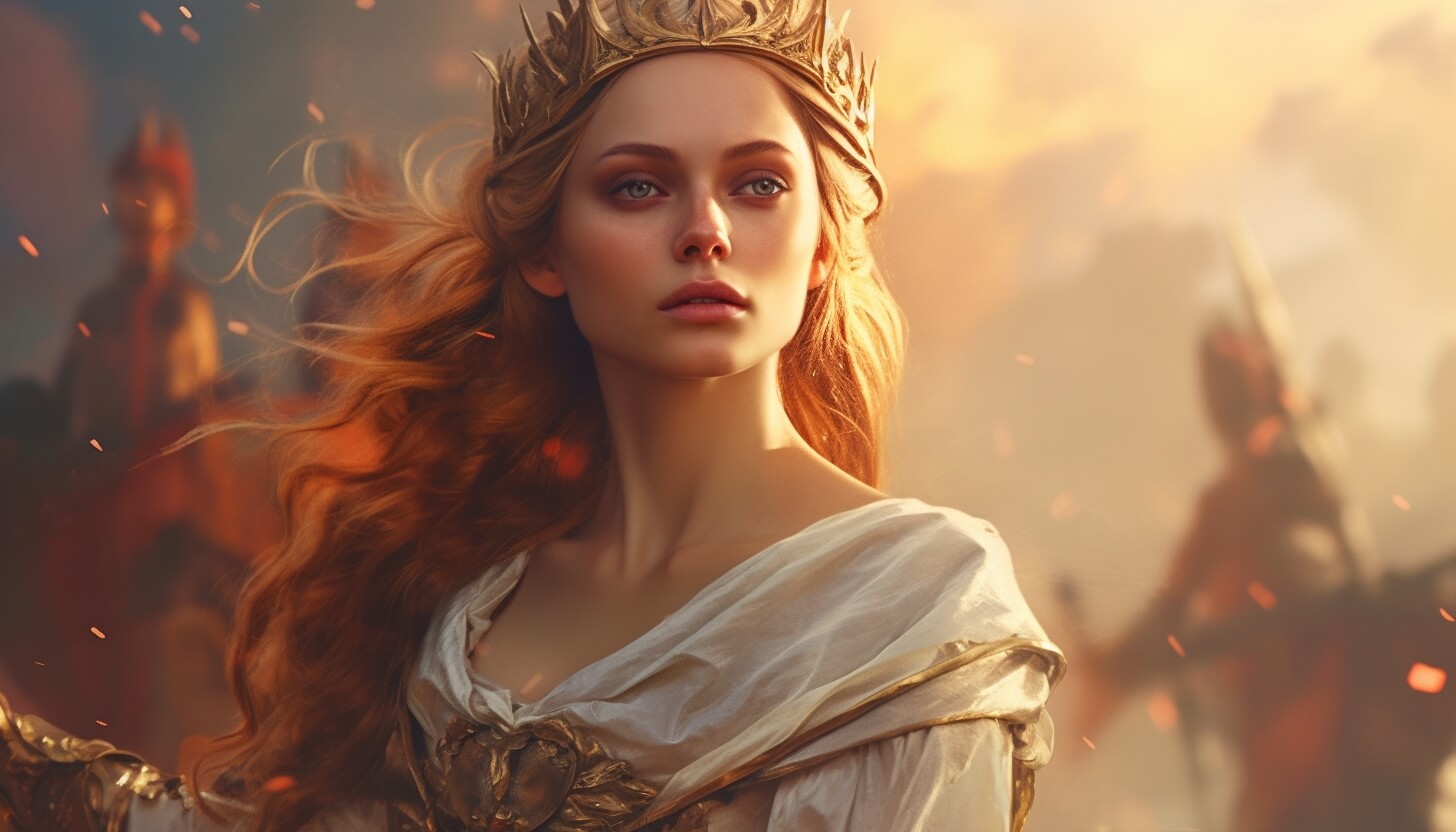
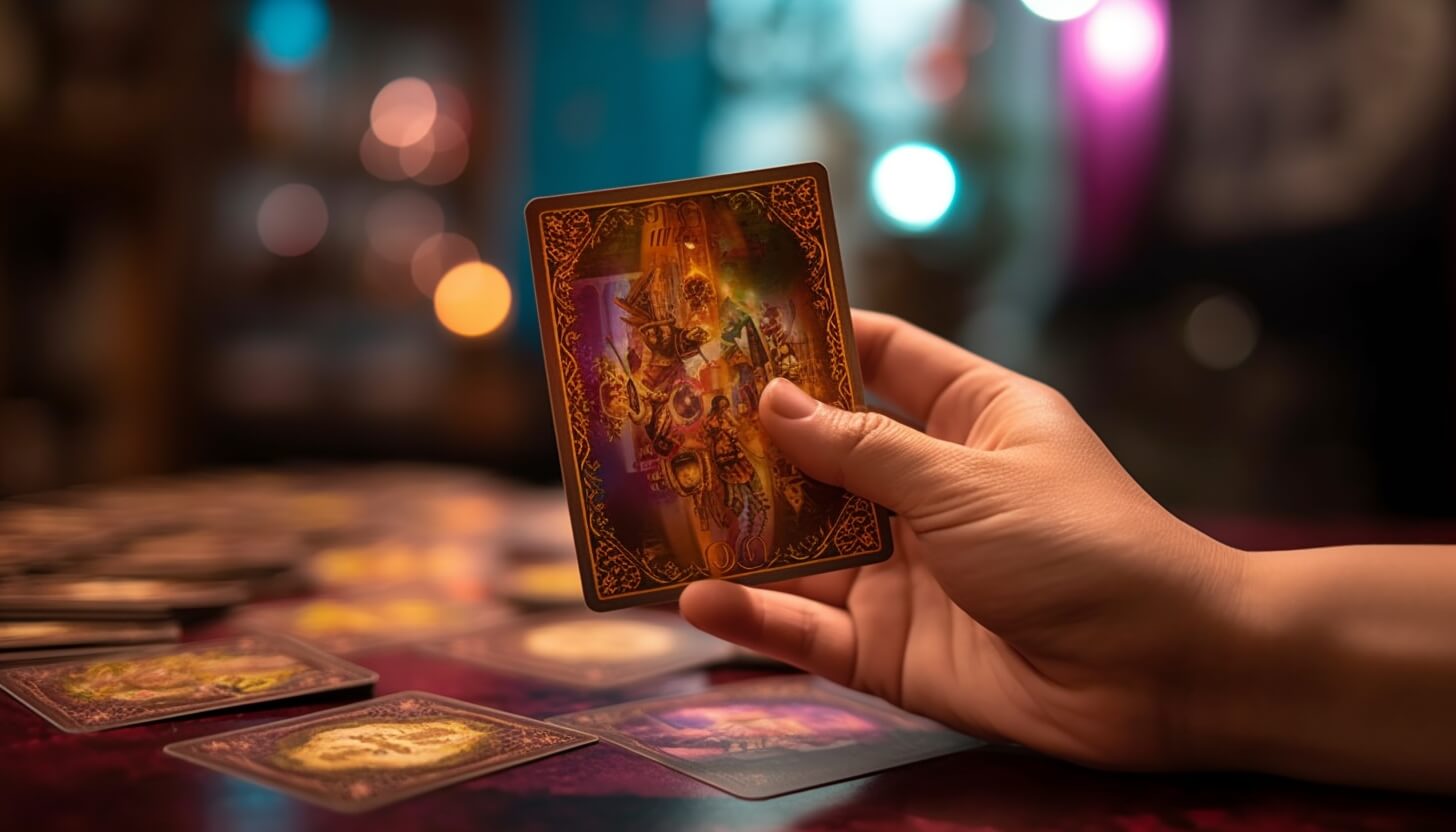
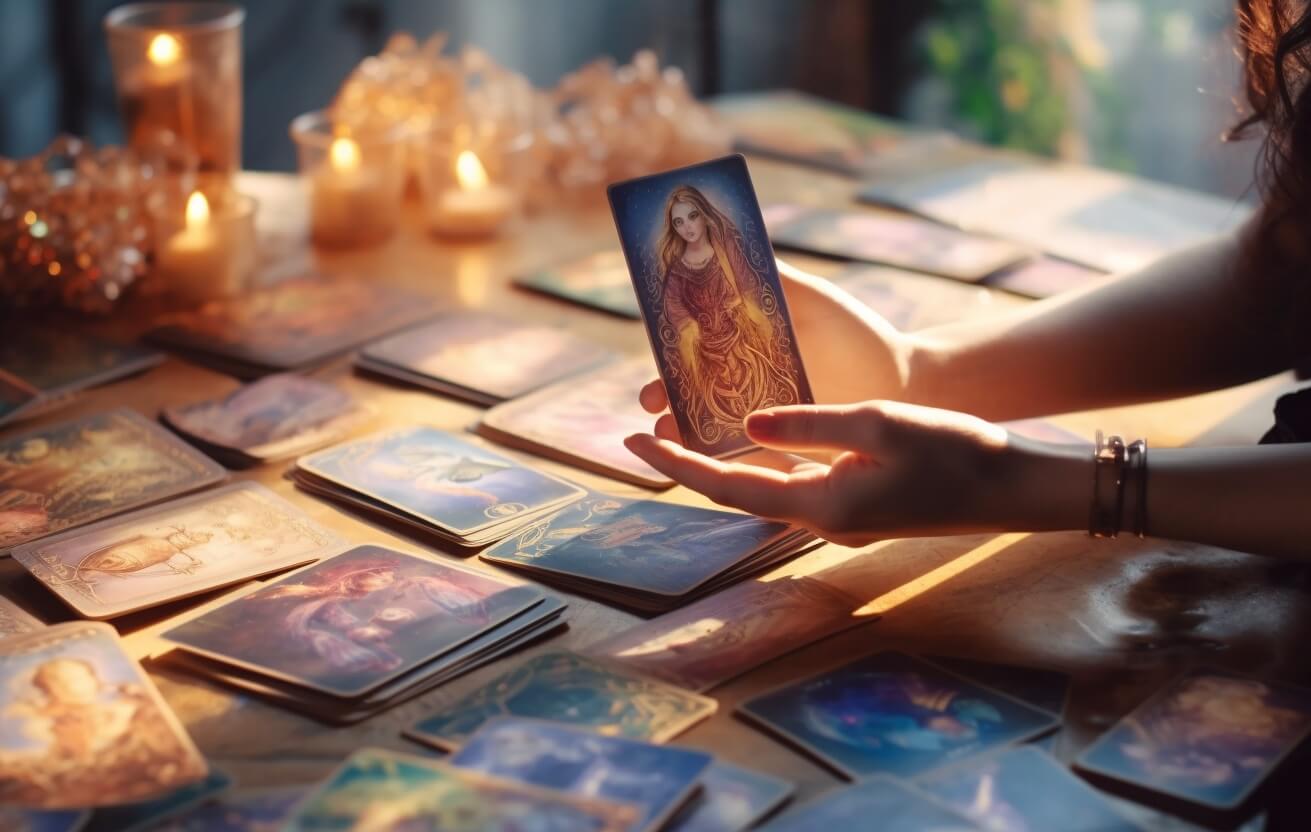
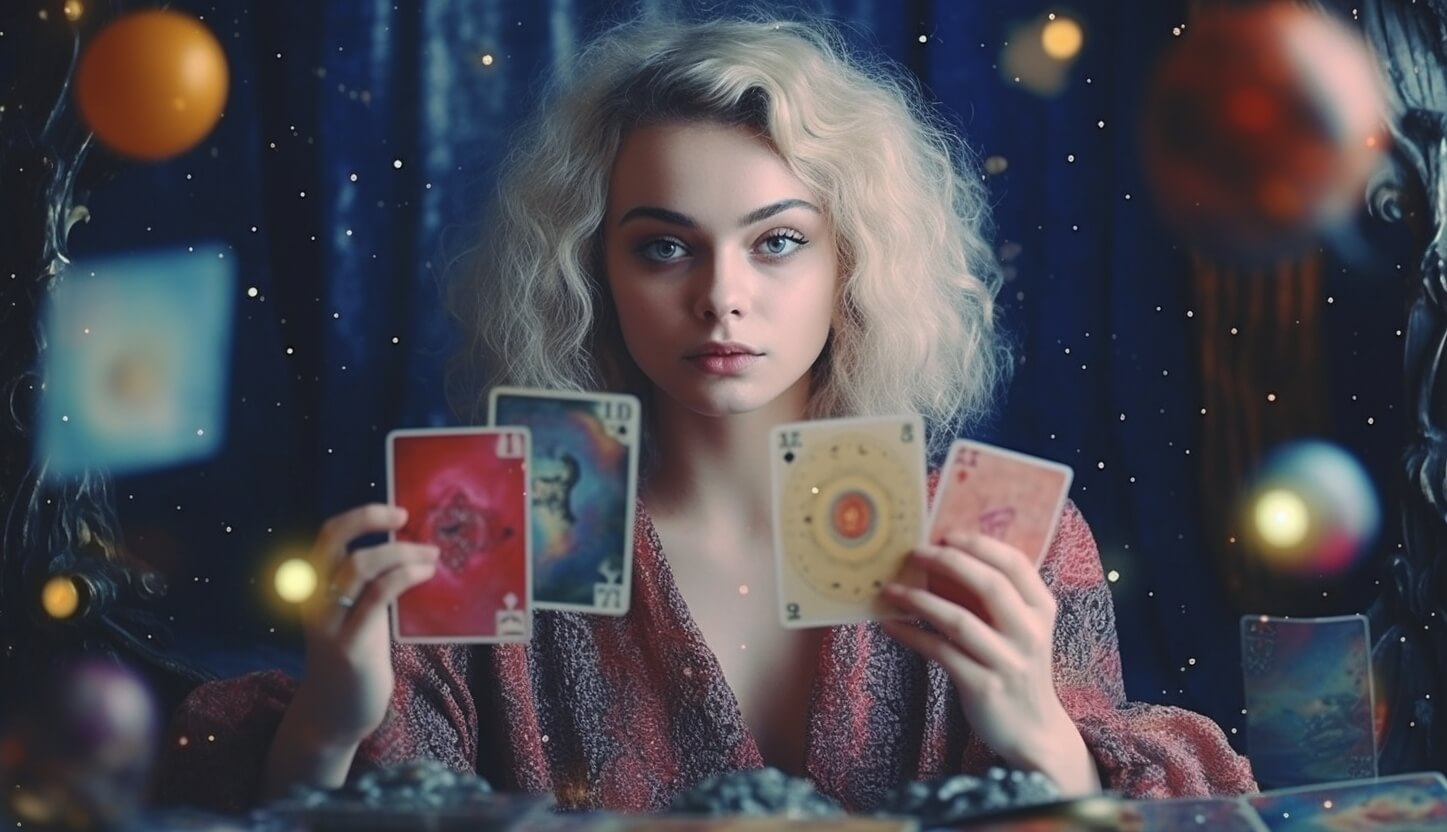
What do you think?
Lets login and you can leave your thoughts
Login with Facebook and add your comment